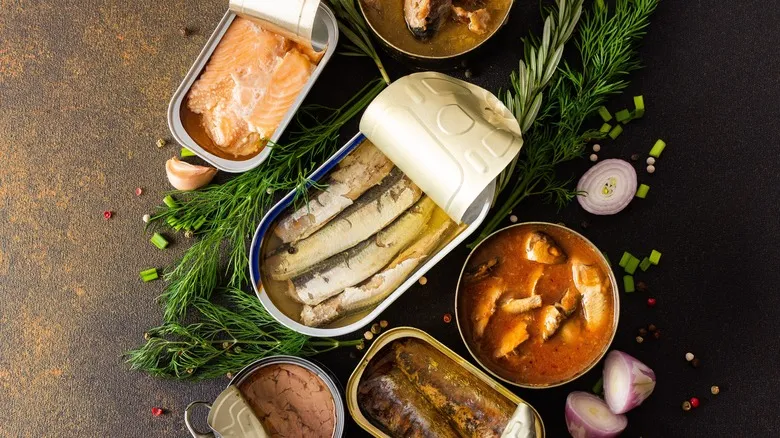Other ideas for your tinned fish casseroles
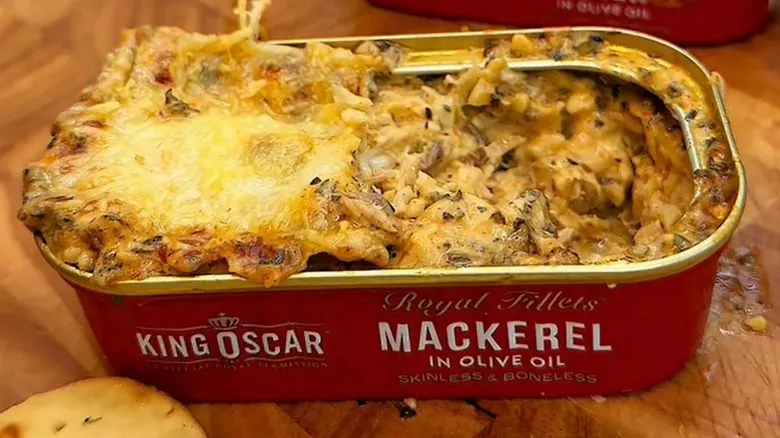
Popular types of canned fish include tuna, mackerel, herring, sardines, anchovies, and salmon. While tuna and sardines often steal the spotlight, Atlantic mackerel is a surprisingly underrated option. Both canned mackerel and tuna boast a delicious umami flavor and are milder than sardines, making them versatile choices for various sauces and accompaniments. Additionally, they are flakier than sardines, which makes them easier to mix into casseroles or dips.
For a Mediterranean twist, consider pairing your canned mackerel or tuna with a creamy, garlicky white sauce, or enhance the dish with olive oil, sun-dried tomatoes, capers, spinach, and Parmesan. Alternatively, you can transform your canned fish into a mini fish pie, a classic British dish featuring flaky fish (often smoked cod or salmon) and vegetables in a creamy white sauce, all topped with mashed potatoes. Using an air fryer will give it that perfect golden, crispy crust that fish pie is famous for. This mini fish pie is a smart way to use up leftover mashed potatoes from your fridge, or you can opt for convenient instant mash.
In addition to canned fish, Good Vibes Cooking demonstrates how to create tasty air fryer snacks using canned clams and lump crab meat. By combining chive cream cheese, mayonnaise, soy sauce, sesame oil, and mozzarella cheese, the TikTok creator transforms a can of crab meat into a delicious crab rangoon dip, served with air-fried wonton wrappers for dipping.
Is it safe to put tin in the air fryer?
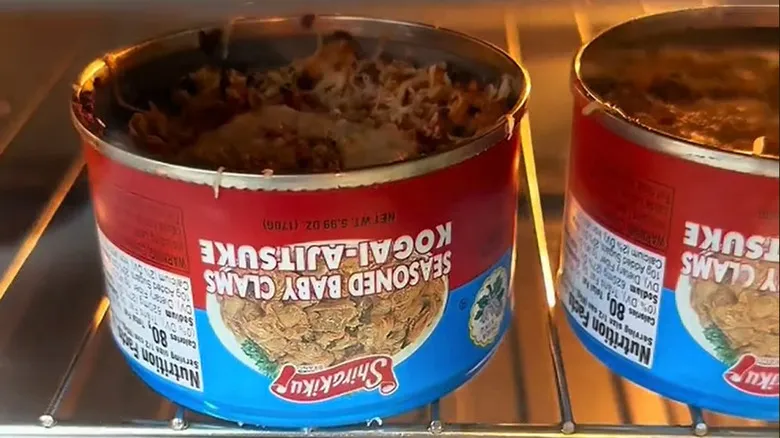
Numerous comments on Good Vibes Cooking's tinned fish videos raise concerns about the safety of using air fryers with tins that have plastic liners. One TikTok user expressed, "I love these ideas, but the thought of baking the plastic coating on these tins really worries me. The fumes could seep into the food."
Bisphenol A, commonly known as BPA, is an industrial chemical found in some plastics, and research indicates it can leach into food, especially when heated. While high levels of BPA may pose health risks, further studies are needed to fully understand its toxicity in humans. Cans are lined with plastic to enhance food preservation and prevent corrosion, but most manufacturers have phased out BPA in these liners. The Center for Environmental Health reported that 95 percent of cans were BPA-free in 2019. However, it remains unclear whether the new plastic liners are carcinogenic.
As noted by Eater, food scientist Dr. Bryan Quoc Le states, "Tin cans can endure temperatures slightly above the boiling point of water." He explains that while the plastic liner can withstand brief heating, it is not designed for prolonged cooking. In summary, it is likely safe to heat the fish in the tin for a short duration. If you have concerns, consider transferring the contents to an air-fryer or oven-safe dish, such as a ceramic ramekin.
Recommended

Ree Drummond's Plastic Bag Hack For Effortlessly Moist Omelets
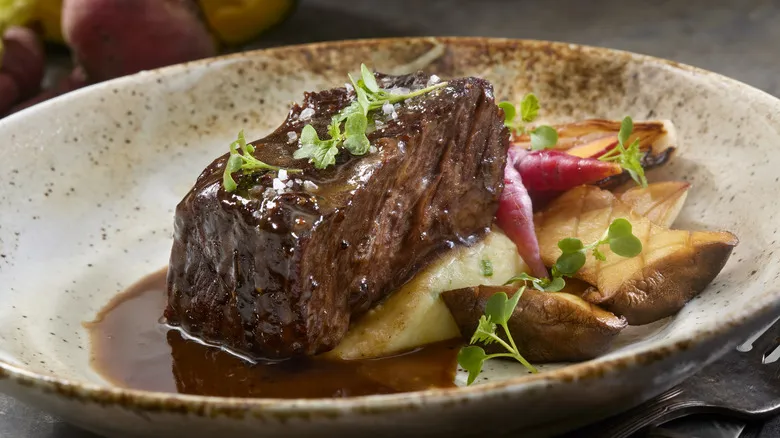
Chuck Flap: The Rich Beef Cut You Need To Try Slow-Cooking
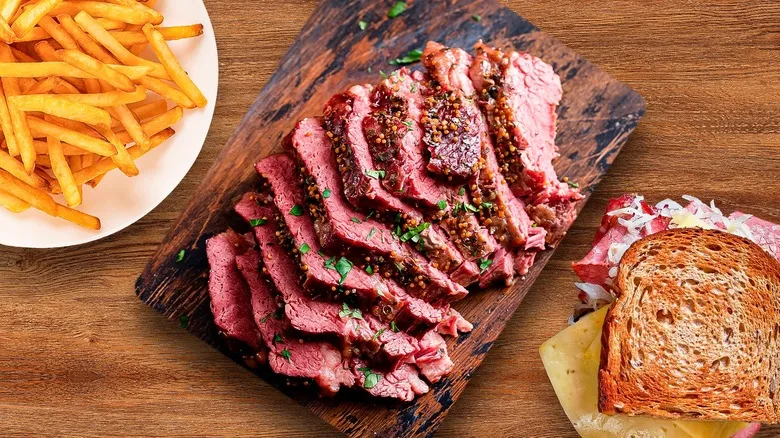
11 Ways To Upgrade Corned Beef
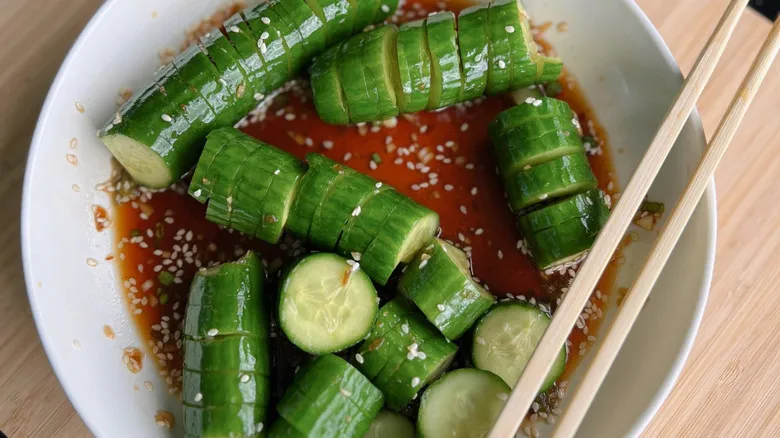
The Easiest Way To Spiral Cucumbers Without Any Tools
Next up

